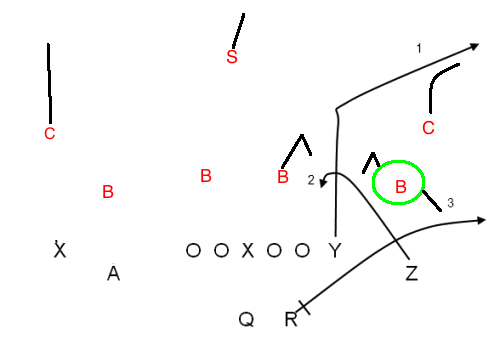Vindicate
2nd Team Getting Their First Start
- Joined
- Oct 2, 2015
- Messages
- 1,925
- Reaction score
- 2,840
I'm not, at all, familiar with football scheme, let alone the complex offense that NE predicates itself on. But it always seems Josh McD has some big love for pass catching backs, especially in big games (two most recent Superbowls).
Is there anyone that can break down that roll for us? I mean the past two Superbowls had to be Vereen's and White's best games. Kevin even seemed to be kind of a bottom of the bag hat trick in some big games, so what enforces Josh's reliance on them and what opportunities does a pass-catching back afford you that, say, you can't just get with putting Edleman in the backfield to give a confusing look with a more sure handed receiver? (Please be light on me with that suggestion lol, I'm just trying to make talking points).
Once I get some more time I might drop some numbers in here to reference.
Is there anyone that can break down that roll for us? I mean the past two Superbowls had to be Vereen's and White's best games. Kevin even seemed to be kind of a bottom of the bag hat trick in some big games, so what enforces Josh's reliance on them and what opportunities does a pass-catching back afford you that, say, you can't just get with putting Edleman in the backfield to give a confusing look with a more sure handed receiver? (Please be light on me with that suggestion lol, I'm just trying to make talking points).
Once I get some more time I might drop some numbers in here to reference.



















